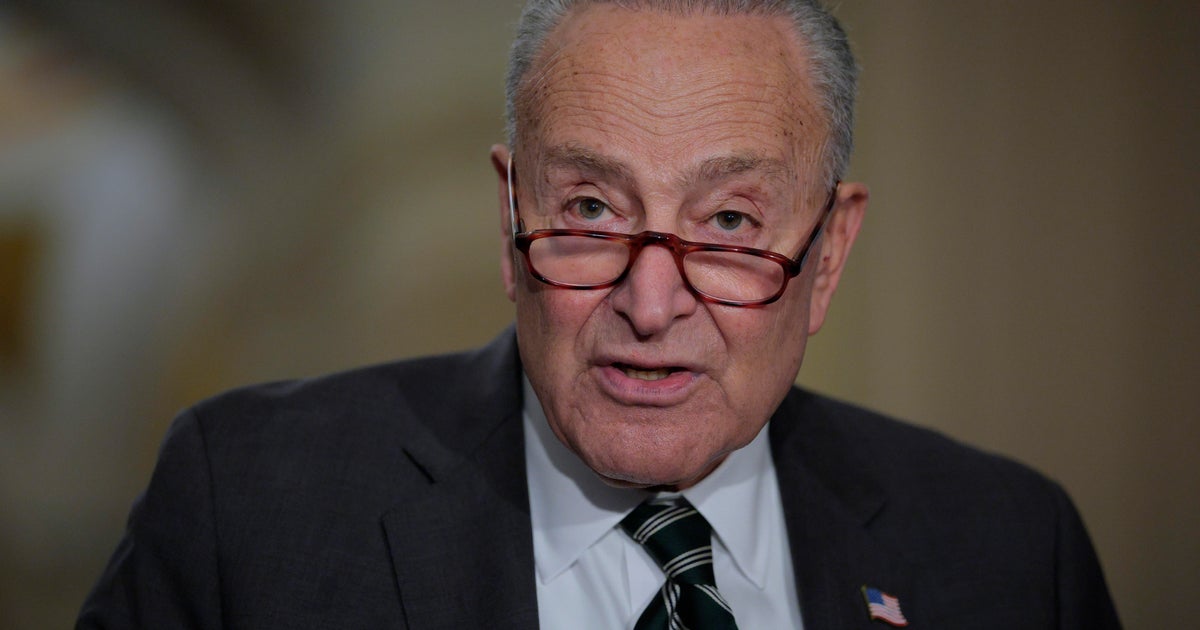Rising Odds of a U.S. Government Shutdown and Market Impacts

Rising Odds of a Government Shutdown
Prediction markets like Kalshi and Polymarket now show a 70% chance of a U.S. government shutdown, as bettors respond to recent developments. The Labor Department’s announcement that it will withhold a critical jobs report during a shutdown has intensified concerns. This report is closely monitored for economic insights, influencing decisions by the Federal Reserve and investors.
Market Reactions and Economic Implications
The prospect of a shutdown stems from Congress failing to approve funding before the fiscal year ends. While past shutdowns have caused some market volatility, experts suggest limited long-term economic damage. Nevertheless, disruptions such as furloughs of non-essential workers and delays in government services could ripple through various sectors, including aviation and data-dependent industries.
Looking Ahead
As the deadline approaches, political negotiations will be critical in averting a shutdown. Market watchers remain vigilant, understanding that extended funding gaps could elevate uncertainty and impact economic forecasting, especially amid ongoing inflation concerns and policy decisions.
About the Organizations Mentioned
Kalshi
## Overview Kalshi is a pioneering financial technology company that operates the first and only federally regulated event contract exchange in the United States, enabling both retail and institutional traders to buy and sell contracts based on the outcomes of future events—ranging from economic indicators and political elections to cultural milestones and scientific developments[2][3]. Founded in 2018 by Tarek Mansour (CEO) and Luana Lopes Lara (COO), the company is headquartered in New York City and has grown rapidly, employing over 200 people as of 2025[1][2]. ## What Kalshi Does Kalshi’s platform allows users to trade “event contracts”—binary options that pay out based on whether a specific event occurs. These contracts cover a wide array of topics, from inflation prints and interest rate decisions to the outcomes of major elections and even entertainment awards like the Oscars[1][3]. By offering a regulated venue for such trading, Kalshi aims to democratize access to prediction markets, providing both a tool for hedging risk and a mechanism for expressing—and monetizing—market sentiment on real-world events[1][2]. ## History and Founders The founders, Mansour and Lara, met as undergraduates at MIT, bonding over a shared fascination with financial markets and uncertainty[1][3]. Both bring strong quantitative and technical backgrounds, with experience at top-tier financial firms such as Citadel, Five Rings Capital, and Bridgewater Associates[1]. Their immigrant backgrounds—Mansour from Algeria and Lara from Brazil—add a distinctive narrative to Kalshi’s story, reflecting the diversity and global perspective often found in Silicon Valley’s most innovative startups[3]. ## Key Achievements Kalshi’s most notable achievement is securing regulatory approval from the Commodity Futures Trading Commission (CFTC), a significant milestone given the historical challenges of launching a prediction market in the U.S.[3][5]. The company has raised
Polymarket
Polymarket is a leading **blockchain-based prediction market platform** founded in 2020 by Shayne Coplan that enables users to speculate on the outcomes of real-world events across politics, finance, sports, and more by trading on event probabilities. It leverages blockchain technology and smart contracts for decentralized, transparent, and non-custodial market operations, allowing participants to profit from their knowledge and insights about future events[2][6]. The platform gained significant traction during the 2024 U.S. presidential election, with trading volumes peaking around $400 million in a single day, establishing Polymarket as a key player in prediction markets and political reporting[3]. Its markets cover a diverse range of topics, from election results and geopolitical events to sports and economic indicators, attracting a broad user base interested in data-driven forecasting. Polymarket has experienced substantial growth and investor interest, highlighted by a landmark **$2 billion investment from Intercontinental Exchange (ICE), the parent company of the New York Stock Exchange, in October 2025**. This deal valued Polymarket at approximately $8–9 billion and marked a strategic partnership to distribute Polymarket’s data to global financial institutions and explore tokenization initiatives, further integrating prediction markets into mainstream finance[1][2][3][4][5]. The company’s success is driven by its strong liquidity network effects, scalable technology built on the Polygon blockchain, and a growing historical dataset that enhances prediction accuracy. Polymarket is preparing for a regulated U.S. relaunch in late 2025, having acquired QCEX, a CFTC-licensed derivatives exchange, to ensure compliance and expand its market reach domestically. The platform aims to diversify its product offerings with mobile apps, enterprise forecasting, and finance-adjacent contracts, while navigating regulatory challenges and competition, notably from Kalshi in the U.S.[1][4]. Notably, Polymarket’s advisory board includes former CFTC Commissioner J
Labor Department
The **United States Department of Labor (DOL)** is a federal executive department responsible for administering and enforcing more than 180 labor laws and regulations that protect the rights and well-being of about 125 million workers and oversee approximately 10 million employers nationwide. Its mission focuses on fostering the welfare of wage earners, job seekers, and retirees by improving working conditions, advancing employment opportunities, and ensuring work-related benefits and rights. The department enforces standards in occupational safety and health, wage and hour laws, unemployment benefits, and reemployment services[1][7]. Established in 1913, the DOL has evolved into a critical institution for supporting the American workforce through regulation, enforcement, and data collection. Its headquarters is the Frances Perkins Building, named after the first female U.S. Cabinet member and former Secretary of Labor, who served from 1933 to 1945[1]. The current Secretary of Labor, Lori Chavez-DeRemer, was sworn in on March 11, 2025[1]. Key achievements include the administration of foundational labor protections like the Fair Labor Standards Act and the National Labor Relations Act, which guarantee minimum wage, overtime pay, and workers’ rights to organize and bargain collectively. The department also provides vital labor market data, such as employment statistics and job openings, helping businesses and policymakers adapt to economic trends[1][4][5]. In recent years, the DOL has faced political proposals like Project 2025, which suggests significant rollbacks of labor protections, including easing restrictions on hazardous work for teenagers and limiting union organizing rights. Such proposals indicate ongoing debates about the department’s role in balancing worker protections with business flexibility[2]. As of 2025, the DOL remains a cornerstone agency influencing labor policy, workplace safety, and economic data critical to business and technology sectors navigating workforce dynamics in a rapidly changing economy[1][4][5].
Federal Reserve
## Overview and Mission The Federal Reserve, often called the "Fed," is the central bank of the United States, established by Congress in 1913 to provide the nation with a safer, more flexible, and stable monetary and financial system[1]. Its mission centers on a dual mandate from Congress: to promote maximum employment and maintain price stability, ensuring the dollar retains its value over time[1]. The Fed operates through a unique hybrid structure, combining a national Board of Governors in Washington, D.C., with 12 independent regional Reserve Banks, including institutions like the Cleveland Fed[1]. This decentralized setup allows the Fed to closely monitor economic conditions across diverse regions, industries, and communities, while maintaining independence from short-term political influences[1]. ## Key Functions The Fed’s responsibilities are broad and vital to the U.S. economy. It conducts monetary policy—primarily by influencing interest rates—to achieve its employment and inflation goals[2]. The Fed also supervises and regulates banks to ensure the safety and soundness of the financial system, works to minimize systemic risks, and fosters efficient payment and settlement systems[2]. Additionally, it promotes consumer protection and community development, addressing emerging issues through research, supervision, and enforcement of consumer laws[2]. ## History and Evolution The Federal Reserve is the third central bank in U.S. history, following two failed attempts in the 19th century[1]. Its creation was a response to the financial turbulence of the early 20th century, aiming to prevent crises and stabilize the economy. Over time, the Fed has evolved, adopting more transparent and inclusive policymaking processes. For example, it now conducts regular reviews of its monetary policy framework, engaging with academics, businesses, and the public to refine its strategies and communications[3][5]. ## Recent Developments and Achievements In 2025, the Fed completed its second major review of its monetary policy strategy, tools, and communications, reaffirming its commitment to transparenc
Congress
The United States Congress is the legislative branch of the federal government, playing a pivotal role in shaping the nation's policies and laws. As a bicameral legislature, it consists of the House of Representatives and the Senate, each with distinct responsibilities. The House represents congressional districts, while the Senate represents states, ensuring diverse perspectives are heard. **History and Structure:** Congress has a rich history, evolving over time to reflect the nation's demographic changes and political shifts. It is structured into committees that specialize in various policy areas, facilitating the legislative process. The National Archives and Records Administration maintains historical records of Congress, highlighting its ongoing role in governance. **Key Achievements:** Throughout its history, Congress has achieved numerous milestones, including landmark legislation such as the Civil Rights Act and the Affordable Care Act. It has also played a significant role in shaping the nation's economic policies, influencing business and technological advancements. **Current Status:** The 119th Congress, which convened in January 2025, marks significant changes with a Republican majority in both chambers. This setup has implications for policy-making, especially in areas like healthcare and technology regulation. The current Congress is also notable for its diversity, being the most racially and ethnically diverse in history. **Notable Aspects:** - **Diversity and Representation:** The 119th Congress is the most diverse in U.S. history, with increased representation from diverse ethnic backgrounds and the inclusion of the first openly transgender federal legislator. - **Technological Integration:** Congress uses technology to enhance legislative processes, such as through platforms like Congress.gov, which provides access to legislative information and resources. - **Economic Impact:** Congress's decisions have profound impacts on business and technology sectors, influencing regulatory environments and investment opportunities. In summary, the U.S. Congress is a dynamic institution that plays a crucial role in shaping the nation's policies, laws, and economic landscape. Its ongoing evolution reflects the changing needs and demographics of the country, making it a vital














